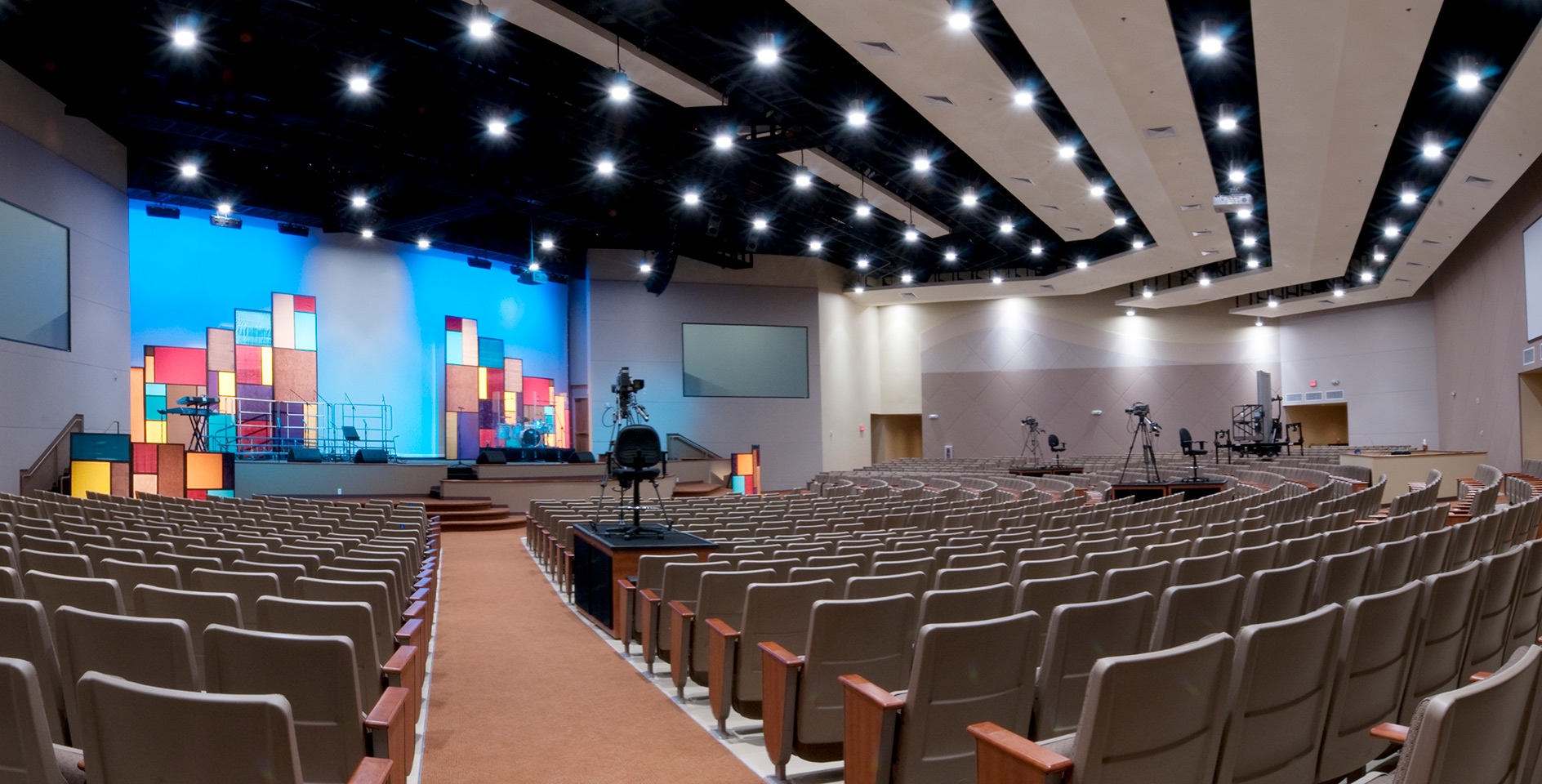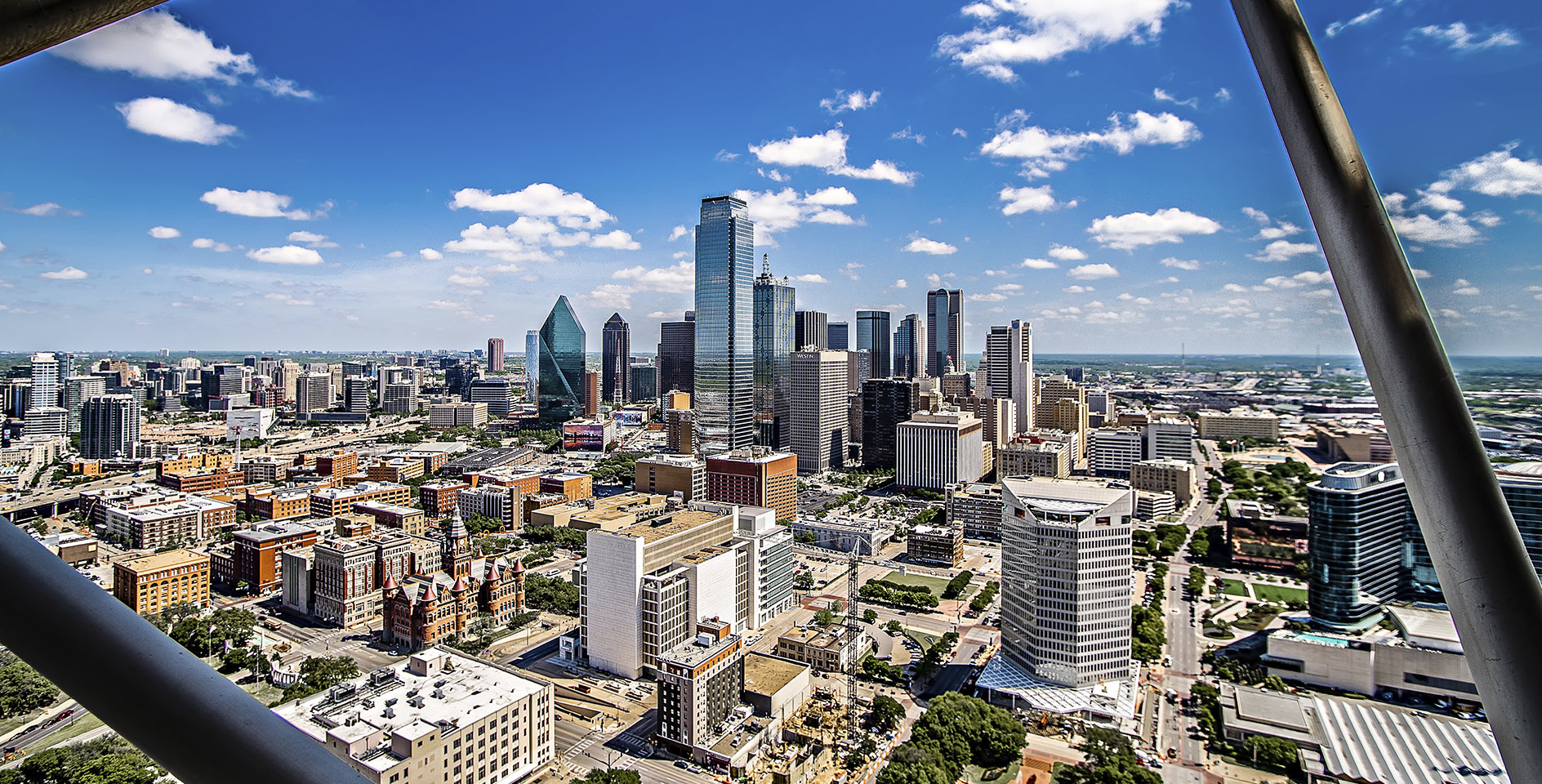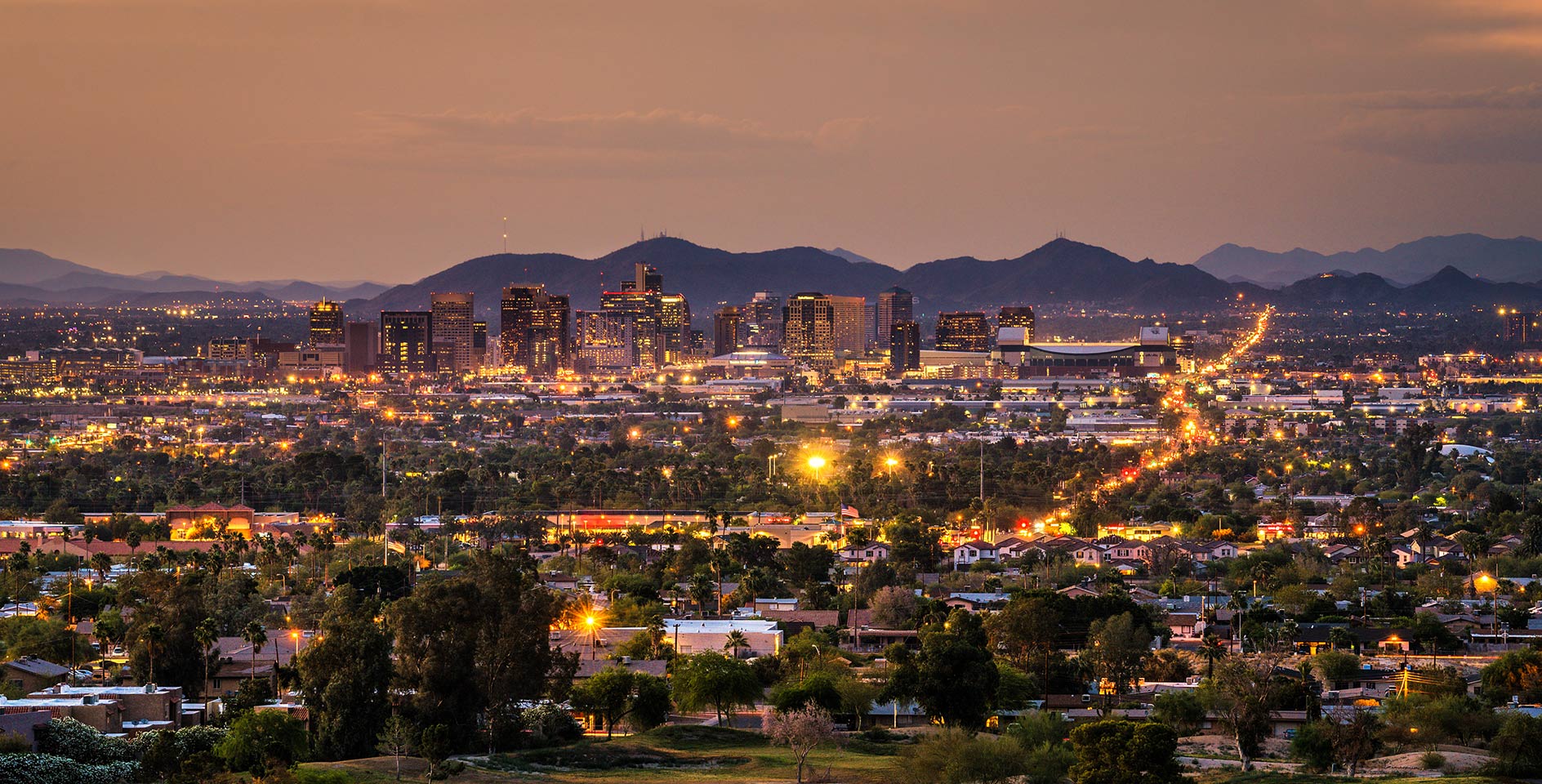Driving down Hawthorne Boulevard the other day I looked up to see Portland, Oregon’s version of Whole Foods called New Seasons Market. The tagline on the building says, “Locally Owned, Locally Grown.” On their website New Seasons is filled with phrases such as “home grown,” “we live local,” and “commitment to the community.” New Seasons is popular in Portland, like the other local restaurants and shops that seem to open daily in Southeast Portland. What is it about local that people love? Why are many cities in the U.S. seeing a resurgence of the Ma & Pa stores? And is there something deeper people are reaching for?
The local la la is at least in part a reaction to the phenomenon known as globalization. Globalization is the process of international integration of world views, products, ideas, and other aspects of culture. Globalization was triggered by advances in communication and transportation, but most recently it has been accelerated by the Internet. In short, globalization flattens space and time detaching things from particular localities. (I am not curmudgeonly enough yet to think either of these movements are inherently bad. What bothers me is a false dichotomy where one ignores the benefits of the opposing services. My opinion is that it is best for them to live in tension. But that does not mean each faction does not have its own ripple effects.)
Globalization, as Cavanaugh puts it, is a “master narrative.”[1] While bringing things together, ironically it fragments things. The Mcdonaldization of Society causes everything and everyone to line up and taste the same burger in less than a 90 second wait. Whether one is in Paris, Kentucky or Paris, France the McDouble is offered with the same “cheese” and ketchup. But the masternarrative “produces fragmented subjects incapable of telling a genuinely catholic story.”[2] The catholicity of the movement subsumes the local under the universal and everything loses its distinctiveness. Cavanaugh gives the example of Mexican food being popularized in places like Minnesota.
Just as the food must be universalized and made bland enough to appeal potentially to the taste of anyone anywhere, to compete there must be a simultaneous emphasis on its unique qualities; advertised images must be rooted in a particular location, for example the traditional Mexican culture of the abuelita before the clay oven sipping pulque and shaping tortillas in the palm of her hand. Anyone who has stood at a Taco Bell counter and watched a surly white teenager inject burritos with a sour cream gun knows how absurd these images are.[3]
The ephemeral particularity is the flipside of a dominant universality. The illusion of diversity is shattered by the combined architectural Pizza Huts and Taco Bells. Everyone knows Italy and Mexico are not together enclosed in the clear glass double-doors.
New Seasons and other local shops and restaurants therefore resist the globalization by bragging of their local space. Rather than flattening time and space, they open themselves up to the space surrounding them by not garnering their products (at least not all of them) from Florida and China. This resistance is met with open arms, for people desire to feel a sense of rootedness, of belonging.[4]
Cavanaugh rightly argues in his article that the Lord’s Supper, or what he refers to as the Eucharist, overcomes the dichotomy of the universal and the local. By collapsing spatial divisions, the Lord’s Supper tells a spatial story about the destiny of the world. The Lord’s Supper is catholic in the truest sense. It is celebrated by those across the world who acknowledge the Lordship of the man from Galilee. However it has a “decentered center; it is celebrated in the multitude of local churches scattered throughout the world, with a great diversity of rites, music, and liturgical spaces.”[5] The Lord’s Supper is a region whose middle point is everywhere, yet also restricted. The Body of Christ is present in each rite (with the body of Christ) across the African huts, the Protestant warehouses, and the Roman Catholic cathedrals. The Lord’s Supper unites while also respecting the locality of each congregation. The Lord’s Supper refocuses space so that the more one becomes united to the whole the more tied one becomes to local. The global ensues centered locality, and further locality enlarges globalization. Thereby world in a sense collapses in the local assembly in the taking of the bread and wine.
And the Lord’s Supper not only overcomes the dichotomy of the universal and local but tells a cosmic story. Hebrews 12:22-24 speaks of those coming to Mount Zion. Mountains are intermediary sites where the heavenly and the earthly meet. And where the two realms meet there is a city. In the city there is a festal gathering of the firstborn which is a way of describing a sizeable feast. On Mount Zion the whole church is united and the temporal and spatial walls are torn down. It is a local celebration with global proportions, and global portions. “The consumer of the Eucharist is no longer the schizophrenic subject of global capitalism, awash in a sea of unrelated presents, but walks into a story with a past, present, and future.”[6] The consumer by absorbing a body is absorbed into a new body. The localities of the world’s distinct cuisine are on the common table, and a chair exists for people from every nation. The world is in a wafer.
Neither New Seasons nor McDonalds should be shunned. They are both reaching for a greater meal each has their part to play in the arch of the cosmos bending toward a great reality. We don’t get many descriptions of what the kingdom of heaven will be like, but we do know that it will be a meal, and we also know that many nations will be gathering. A joyous global and local feast approaches.





